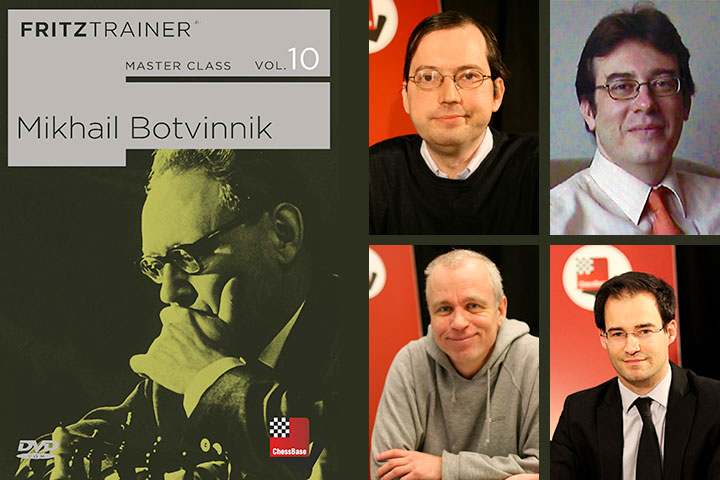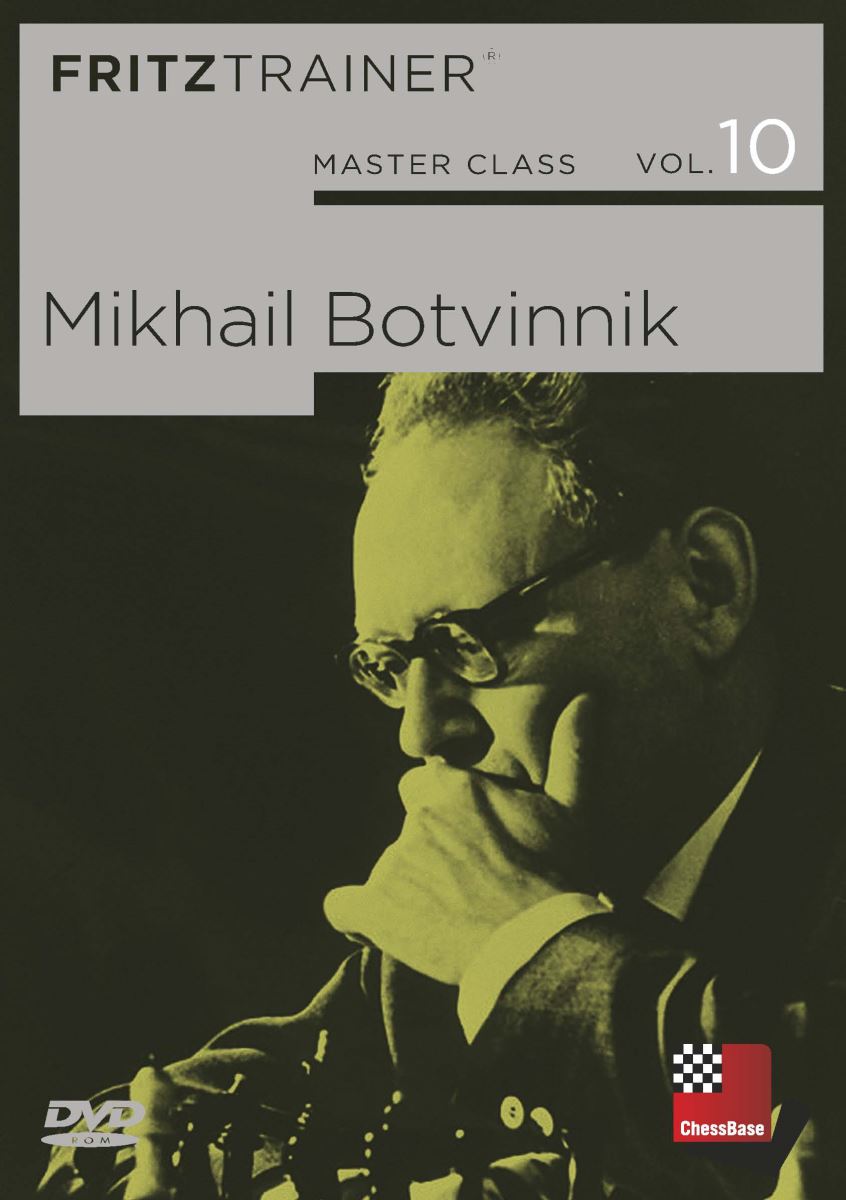


The Master Class series by ChessBase has been one of the major contributions to chess literature from where you can learn about the old masters of the past. Each Master Class DVD dissects the play of one legend with regards to his opening play, strategy, endgame play and tactics. At the end of whatever run-time the Master Class has (usually between five to seven hours), you would have known the great player in great depth.
 Many people suggest that the best resource in the present day to know about the classics (the games of old great masters) is My Great Predecessors series of books by Garry Kasparov. I agree with it. However, the problem with My Great Predecessors is that it is too heavy. There are a lot of variations and in-depth analysis. Sometimes instead of trying to learn about the great players and their key points of play, you might drown in the unending variations and your morale is affected. Instead, my suggestion is to pick up a Master Class DVD first.
Many people suggest that the best resource in the present day to know about the classics (the games of old great masters) is My Great Predecessors series of books by Garry Kasparov. I agree with it. However, the problem with My Great Predecessors is that it is too heavy. There are a lot of variations and in-depth analysis. Sometimes instead of trying to learn about the great players and their key points of play, you might drown in the unending variations and your morale is affected. Instead, my suggestion is to pick up a Master Class DVD first.
Imagine you buy the first in the series on Bobby Fischer. GM Dorian Rogozenco comes and tells you all about Fischer's favourite openings. How he loved to always play 1.e4, how he always played the Najdorf or the King's Indian with black. After Rogozenco comes GM Mihai Marin, who talks about Fischer's love for the bishops and the various strategic motifs he used to play strong chess. Next would be IM Oliver Reeh, who has carefully selected some of the best tactics from Fischer's games. And lastly the world famous expert on endgames GM Karsten Mueller would talk about Fischer's best endgames. The total run-time of this product is around five hours, which according to me can be completed within 5 days. Now that you have good knowledge on Fischer, I think you are ready to lay your hands on the My Great Predecessors - Vol.4 on Fischer which will be so much more interesting with all the information that you have received from the Master Class DVD.
Whenever someone talks about Botvinnik, the first game that comes to my mind is Botvinnik vs Capablanca, AVRO 1938! What a game that was! Check it out with the annotations of the great Garry Kasparov.
 Botvinnik was the first player who did a systematic study of how chess openings should be prepared, how professional chess players must function and in general brought a structured approach to the game of chess. You can know about his influence when you realize that some of the great names like Garry Kasparov, Vladimir Kramnik have been his students!
Botvinnik was the first player who did a systematic study of how chess openings should be prepared, how professional chess players must function and in general brought a structured approach to the game of chess. You can know about his influence when you realize that some of the great names like Garry Kasparov, Vladimir Kramnik have been his students!
I do not want to spill all the beans here. I want you to watch the DVD which has more than 7 (!!) hours of instructional content. I want you to learn from Pelletier, Marin, Reeh and Mueller about what Botvinnik was all about. I am sure you will learn a lot from them.
I believe in the power of learning from the Classics. So much so that my first DVD for ChessBase was in fact called 'Learn from the Classics'. In it, I spoke about how I learnt from the classics of the great masters of the past and used whatever I learnt in my own games. For example, I learnt a lot from the game of Botvinnik versus Capablanca given above.
As a young boy, I loved how Botvinnik arranged his pieces behind his pawns, how he lifted his rook from a2 to e2 and how he executed the e4 break. When I saw that game, I knew I was not going to forget it forever. After that, I used Botvinnik's concept in so many games.
Below is one of my favourites from the year 2007 against Jayankur Chougule. I have not touched the annotations, just to give you a feel of what I thought back then when I was 17!
Study of classics is important and the Master Class series by ChessBase really helps you to learn these classics in a fun interactive way!
Check out all the Master Class products from Vol. 1 to 10
The ten great masters covered in the Master Class series so far are: